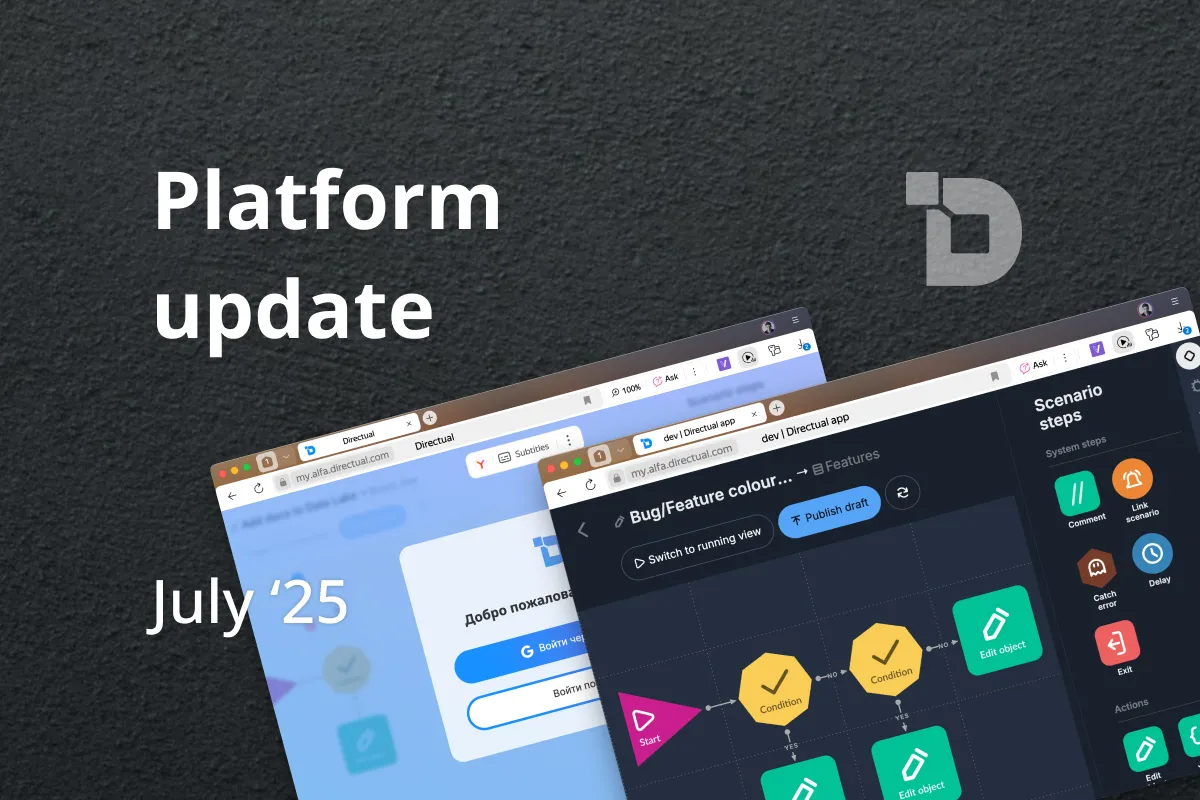Every CTO’s worst nightmares
The first CTO’s nightmare goes as follows: backlog is constantly rising, the tasks are piling up, more and more employees need to be recruited and trained. Things get better for a while but very soon all the issues are coming back as business demands are rapidly growing, but there’s already no budget for new personnel.
The second nightmare. The lead programmer is being won over by Google right in the middle of an on-going project. How do you make sense of what has already been done? Where do you find a replacement? Looking for an expert programmer can take months and you will have to offer a much better salary to draw him or her away. Deadlines are postponed again; the upper management is disappointed with your performance and has already started looking for someone to replace you.
The third nightmare. You are forced to deal with a decade-old IT-legacy, implemented a lifetime ago. New product development is constantly postponed due to all resources and energy being spent on maintaining existing ecosystem. You feel like Sisyphus rolling your immense IT-legacy boulder up a hill only for it to roll down.
Unfortunately, very often these nightmares happen in real life and almost every CTO had to face one of those challenges. Here’re some of the traditional approaches to dealing with them:
- Revising work flow within a department. This can certainly improve things, but won’t make development much more effective;
- Hiring new employees. On the oversaturated IT market, it’s a very expensive solution demanding its own budget approval;
- Implementing ready-made solutions. Unfortunately, these solutions meet all the requirements very rarely;
- Implementing SAP or Oracle. Following this traditional approach takes years and leaves sizeable holes in your company’s budget.
Leaving nightmares behind
You need a real power move to overcome all these challenges. A technology-based solution that will allow you to cut this constantly tightening knot. One of such solutions is low-code technology, which is recently being frequently suggested to developers and solution architects.
Low-code’s main advantage that can help you cope with the first nightmare centres around the development and implementation speed, which is achieved by:
- a higher level of abstraction for working-with-data scenarios;
- an automated testing at the stage of scenario creation;
- an entire infrastructure deployment (data base, data-bus, processing, API-Layer).
It’s important to stress that, just like dealing with any other software product, you will need a certain amount of time to consider all the necessary requirements and solution architecture design, which, when using low-code technology, comes down to designing customised scenarios and their interactions. From idea to MVP execution period takes up to 2 sprints with solution being used right away, complying with the business requirements. Experience has proven that, by implementing low-code technology, you can create and launch projects 3-5 times faster by using the same resources, which can dramatically lighten the backload’s load and reduce technical debt.
Low-code engineers’ short learning curve saves you from the second nightmare. Given a proper architecture design setting and under the guidance of experienced developers, it’s possible to put a new member of the team in charge of creating a customised scenario or a group of scenarios, in just a couple of weeks of training. However, this fact doesn’t eliminate the need to provide a proper workplace environment, but it definitely helps to soften the blow when one of the skilled professionals is suddenly leaving the project.
The third nightmare is the most controversial one. Specialists with conservative views insist on the “if it ain't broke don't fix it” approach, when innovators demand new digital products right this second. Giving up out-of-date software by completely rewriting it can cause you complications with old safety requirements and specifications, as well as inflexible business process. Based on modern technology stack, low-code allows to create a flexible layer over the legacy-systems, where you can build new digital products using data from basic IT systems. This approach was termed “a two-speed IT architecture” by Gartner. With this approach you can pay no attention to the company’s inertia, as it allows for a low-code based digitalisation on a specially made flexible IT layer.
Finding the optimal strategy
Experience has proven that the optimal strategy, used by the most effective low-code IT teams, centers around skilled programmers focusing on architecture design and monitoring the entire IT architecture and separate applications. Low-code engineers are developing digital products in a flexible agile regime, under the guidance of experienced programmers and keeping particular business requirements in mind. This strategy allows to secure IT Department performance gain while keeping an eye on new solutions implementation. When properly implemented, low-code helps to prevent programs mishmash and shadow IT.
Quick wins
Demonstrating rapid results while using the same budget allows an executive to climb the ladder in IT much faster. Very often minor but quick results aka ‘quick wins’ can bring substantial benefits to business.
















































